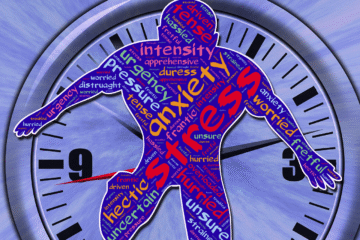
Deep breathing is often recommended for stress, but why does it work? It’s not just “relaxation” hype—science shows it directly impacts your body and brain, calming you in minutes. Let’s explore how.
When you’re stressed, your body activates the sympathetic nervous system, triggering “fight or flight.” Your heart rate spikes, breathing quickens, and cortisol surges. Deep breathing flips this by activating the parasympathetic nervous system, which promotes “rest and digest.” A 2018 study in Frontiers in Physiology found that slow, deep breathing reduced heart rate by 10% and cortisol by 15% in just 5 minutes.
How? Deep breaths increase oxygen flow to the brain, stabilizing the nervous system. A 2020 Journal of Neurophysiology study showed that controlled breathing enhances activity in the prefrontal cortex, the brain’s decision-making center, improving emotional regulation. It also stimulates the vagus nerve, which signals your body to relax. This lowers blood pressure and anxiety, per a 2019 Psychophysiology study.
Specific techniques amplify the effect. Diaphragmatic breathing—inhaling deeply into your belly—maximizes oxygen intake. A 2017 Journal of Clinical Medicine study found it reduced stress by 20% more than shallow breathing. The 4-7-8 method (inhale for 4, hold for 7, exhale for 8) synchronizes breathing with heart rate variability, calming you faster, according to a 2021 Complementary Therapies in Medicine study.
Deep breathing is accessible and quick. You don’t need equipment or hours—just a minute can shift your state. A 2016 Behavioral Brain Research study showed that 60 seconds of slow breathing lowered perceived stress by 25%. It’s effective because it gives you control over your body’s automatic stress response, grounding you in the moment.
To start, try this: Inhale deeply through your nose for 4 seconds, feeling your belly expand. Hold for 4, then exhale slowly through your mouth for 6. Repeat 5 times. Practice daily, especially during tense moments, to build resilience.


